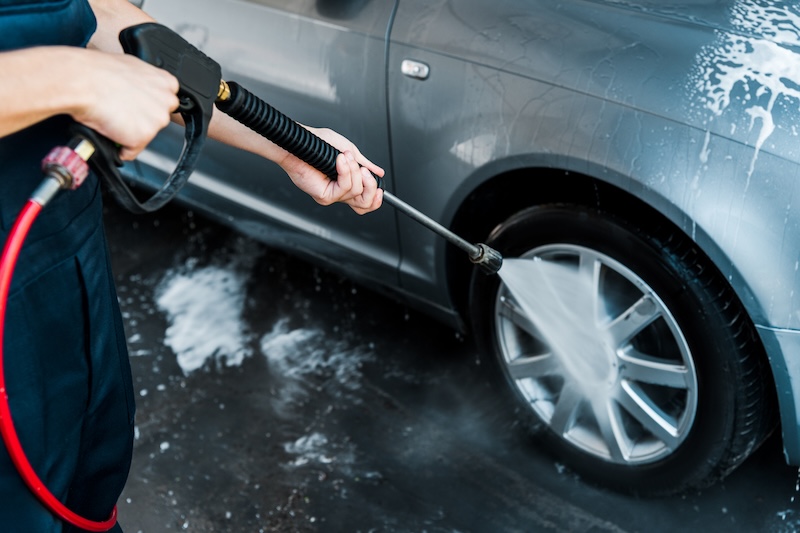A guide to driving safely on rural roads

Rural roads are often only single lane
More than half of drivers are diverting to rural roads to avoid traffic, despite these roads being more dangerous.
High rural roads death toll
Department for Transport (DfT) figures show that almost 1000 deaths happen every year on rural roads. This is much higher than the 84 deaths on motorways, 273 on urban A roads, and 571 on all urban roads in 2023.
Statistics show that the average delay on motorways and major A roads was 11.4 seconds per vehicle per mile, a 10.7% increase on the previous 12 months. This could explain why 51% of drivers have diverted to rural roads.
How to drive safely on rural roads
A rural road is defined as a road away from a town or city, where the road lacks any markings, and is often narrower than an urban road.
Speed limits
On rural roads, the speed limit is often the national speed limit of 60mph. This is shown by a white circular sign with a diagonal black line. Depending on the road you may find a different speed limit, displayed on the traditional red and white signs with a black number.
However, just because a speed limit is 60mph, it doesn’t mean you should be driving that quickly. Rural roads have lots of tight turns and blind spots, so driving quickly may be dangerous, especially in bad weather.
Road signs
It’s a good idea to familiarise yourself with road signs you might come across in rural areas.
You’re likely to see various animal crossing signs, all displayed as a red and white triangle with the silhouette of the animal in the middle. Depending on where you are in the country, you’ll see anything from signs warning you about large animals like deer all the way to animals like ducks and even toads.
You may also see signs for horse riders or horse and carriages, both of which are common in the countryside.
Make sure you’re familiar with, and pay attention to, any road signs you come across while driving along rural roads.
Overtaking
On motorways and urban roads, the places to overtake are clearly signposted, but on rural roads overtaking can be dangerous. Most rural roads are single lane, which makes overtaking a lot harder as well.
It is illegal to overtake if there are road signs prohibiting it, or if you do it in an unsafe way. This includes driving recklessly, in difficult weather conditions, or if you have poor visibility.
The most common things you will have to overtake on a rural road are cyclists and horses.
When you overtake a horse, there are several things you need to remember to make sure you stay safe:
- Give them room: Horses can be easily spooked, so try to overtake leaving as much distance as possible.
- Be quiet: Turn the volume of your radio down, and don’t rev your engine or honk your horn while you’re near the horse.
- Maintain your speed: Try not to slow down or speed up while you’re overtaking a horse. Maintaining a constant speed is the easiest way to avoid spooking the horse.
- Be aware of the rider: The rider will know if the horse is going to get scared, so make sure you’re aware of the rider as they may signal you to stop or slow down.
You’re likely to come across large farm vehicles, like tractors and combine harvesters, when driving on rural roads. It’s important to know how to behave around these vehicles.
Farm vehicles are wider than cars, which can make it almost impossible to see the road in front of them. It also means they’re less likely to see you. If you’re behind a large farm vehicle, leave enough distance between your vehicle and theirs for them to notice you.
While it may be tempting to overtake a farm vehicle at the earliest opportunity, make sure it’s safe to do so before you make a move. Lots of rural roads have laybys specifically for farm vehicles to pull over into to let other drivers pass them, so try to wait for one of these before you overtake.
With winter coming fast, check out our blog on how to drive safely in the rain.


